OpenAI becomes the first firm to receive Nvidia’s cutting-edge AI DGX H200 GPU, fostering GPT-5’s advancement toward AGI.



The team discovered the alloy’s surprising properties and then figured out how they arise from interactions in the atomic structure.
As per the team of researchers, the alloy is from a new class of metals known as refractory high or medium entropy alloys (RHEAs/RMEAs).

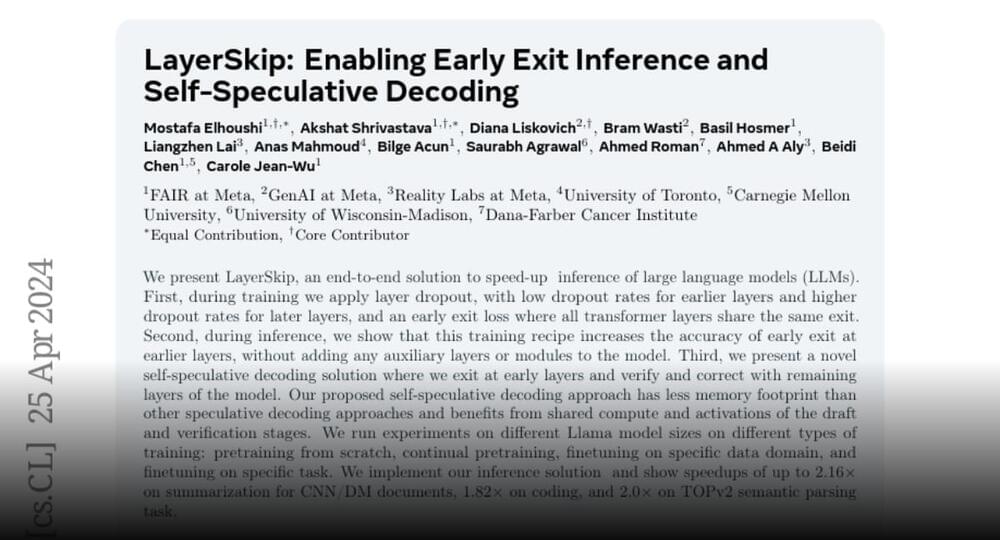
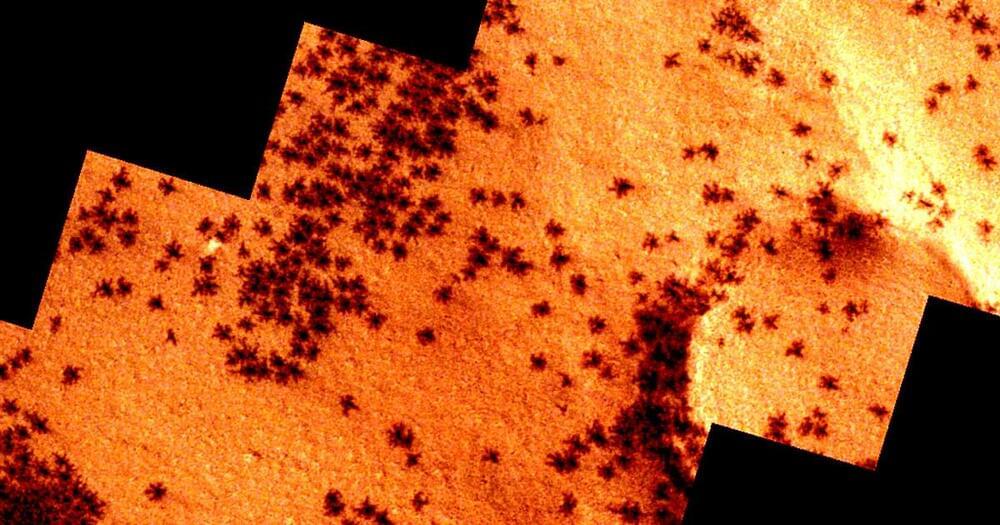
Imagine a real spider 3,300 feet across.
The European Space Agency’s Mars Express orbiter has spotted “spiders” on the Red Planet’s southern polar region.
But they’re not the arachnids we fear or adore back on Earth — they’re the result of a complex geological process that causes carbon dioxide to sublimate, digging up darker material from below the surface during the planet’s spring.
And they’re a whole lot larger than the spiders you’re used to, measuring up to 3,300 feet across.
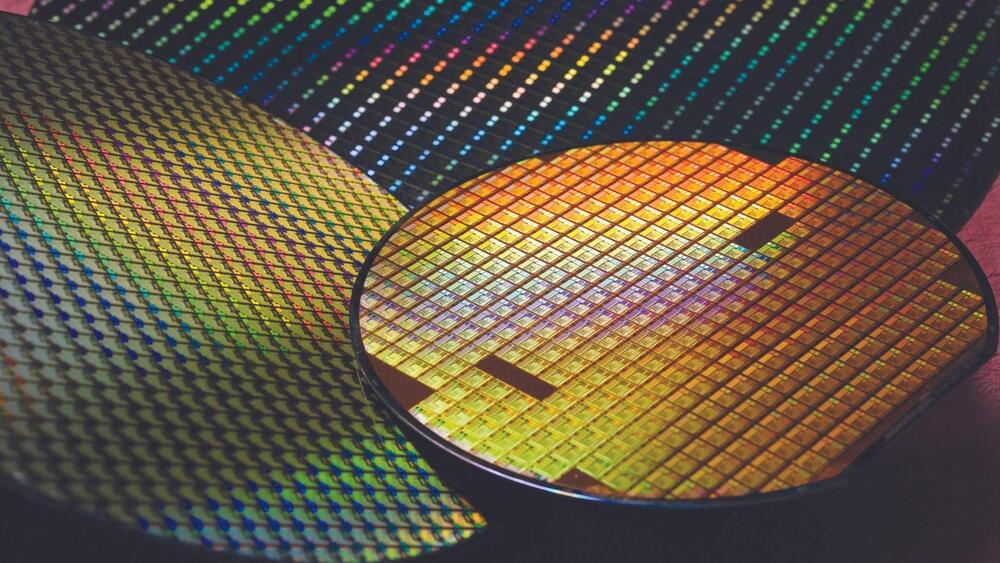


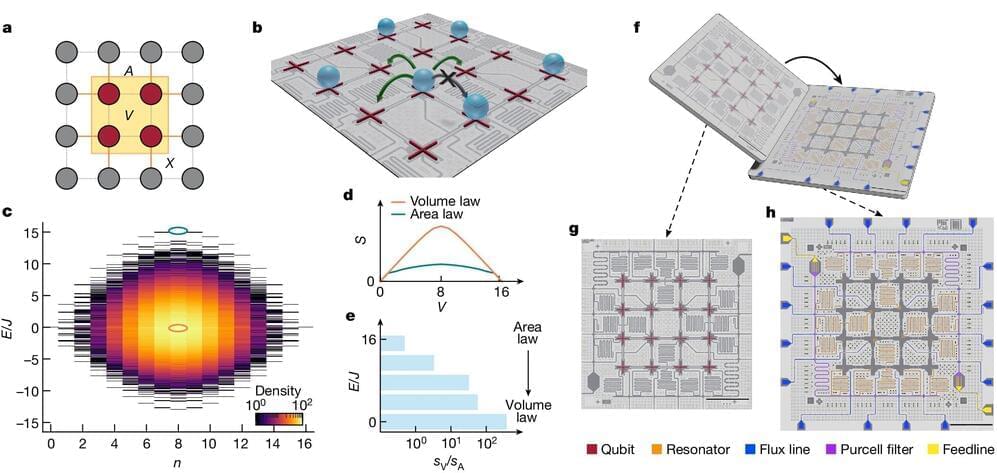
Entanglement is a form of correlation between quantum objects, such as particles at the atomic scale. The laws of classical physics cannot explain this uniquely quantum phenomenon, yet it is one of the properties that explain the macroscopic behavior of quantum systems.
Because entanglement is central to the way quantum systems work, understanding it better could give scientists a deeper sense of how information is stored and processed efficiently in such systems.
Qubits, or quantum bits, are the building blocks of a quantum computer. However, it is extremely difficult to make specific entangled states in many-qubit systems, let alone investigate them. There are also a variety of entangled states, and telling them apart can be challenging.
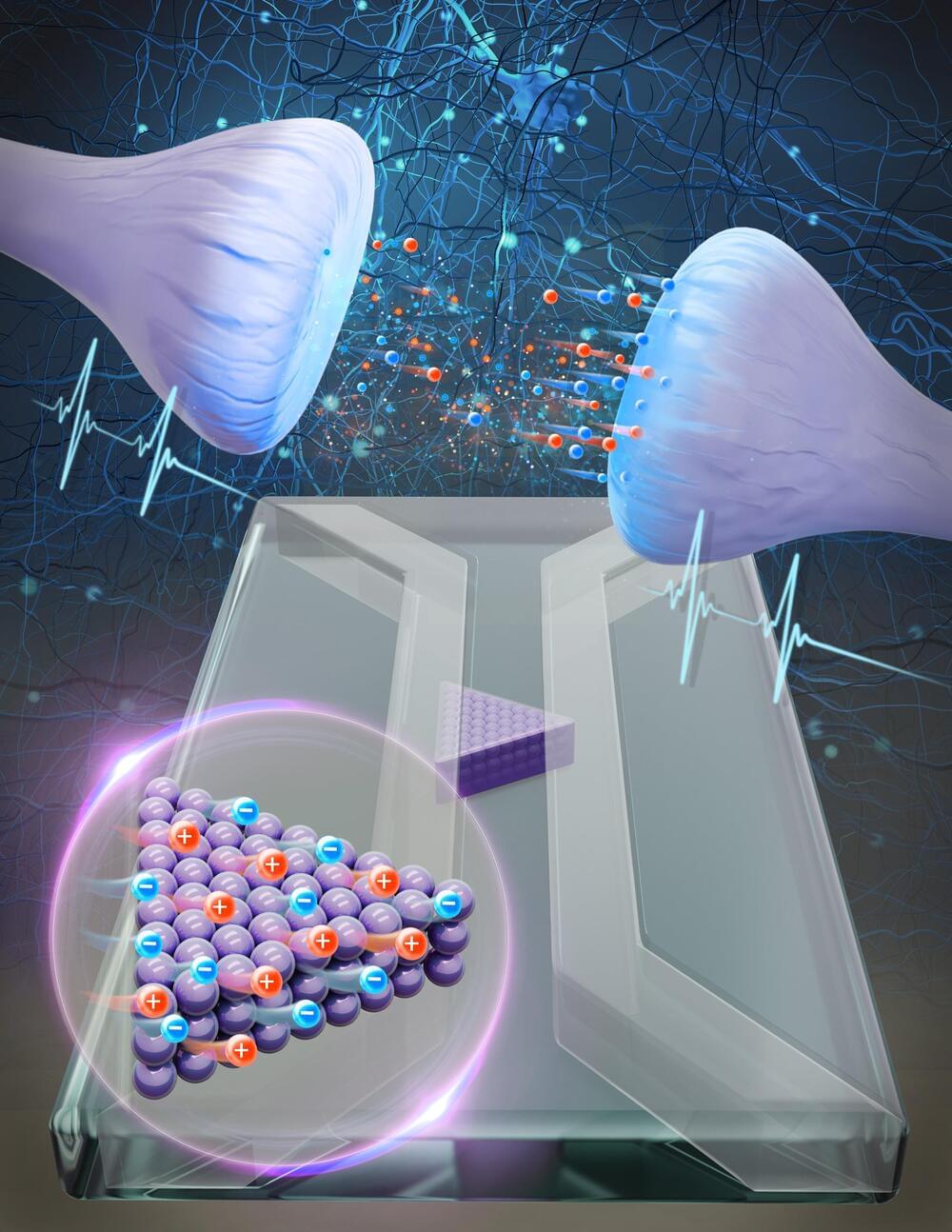
Theoretical physicists at Utrecht University, together with experimental physicists at Sogang University in South Korea, have succeeded in building an artificial synapse. This synapse works with water and salt and provides the first evidence that a system using the same medium as our brains can process complex information.
The results appear in the journal Proceedings of the National Academy of Sciences.
In the pursuit of enhancing the energy efficiency of conventional computers, scientists have long turned to the human brain for inspiration. They aim to emulate its extraordinary capacity in various ways.